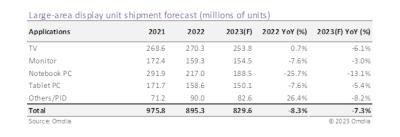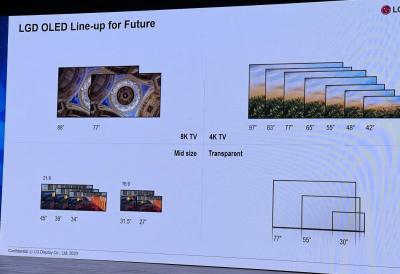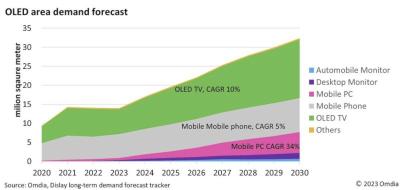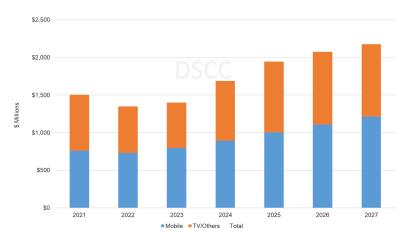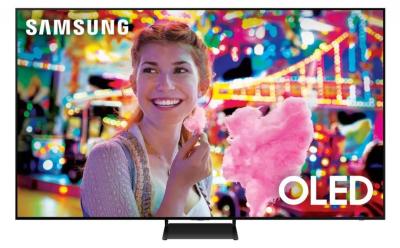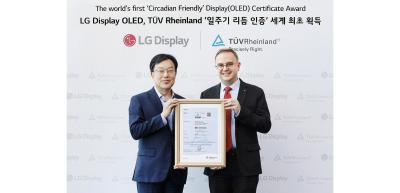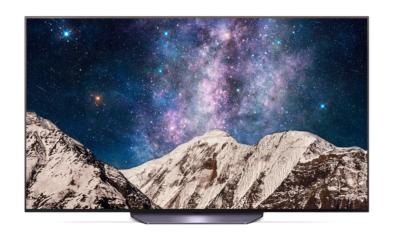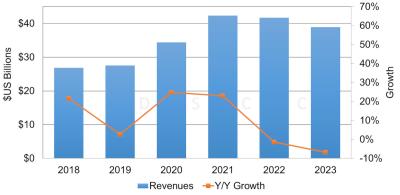Omdia: the global large-area display market to decline over 7% in 2023 by units
Omdia released its latest analysis on the global large-area display market (LCDs and OLEDs combined), saying that it sees a decline in unit shipments of 7.3% from 2022. This is a sharper decline that what Omdia estimated a few months ago, as the demand continues to slide.
Interestingly, looking at the total market by display area, 2023 will see a slight increase (0.5%) over 2022, this is mostly because consumers are buying larger TVs and larger gaming monitors.
